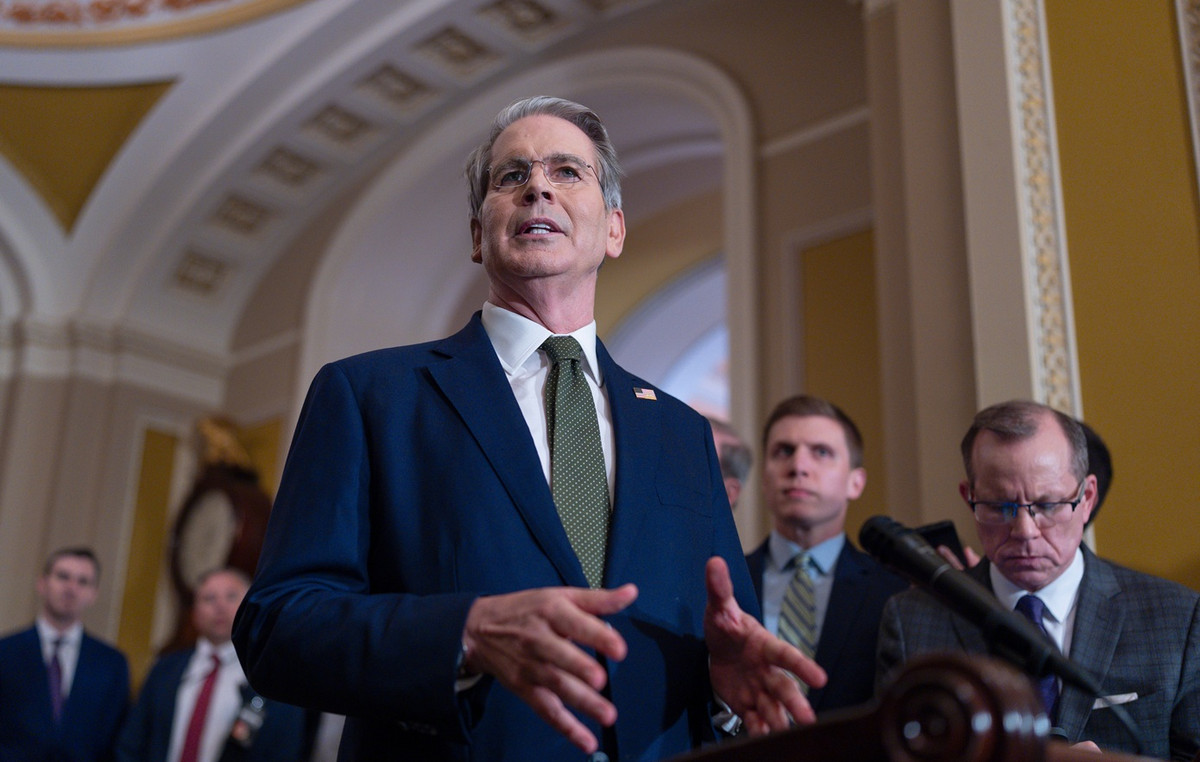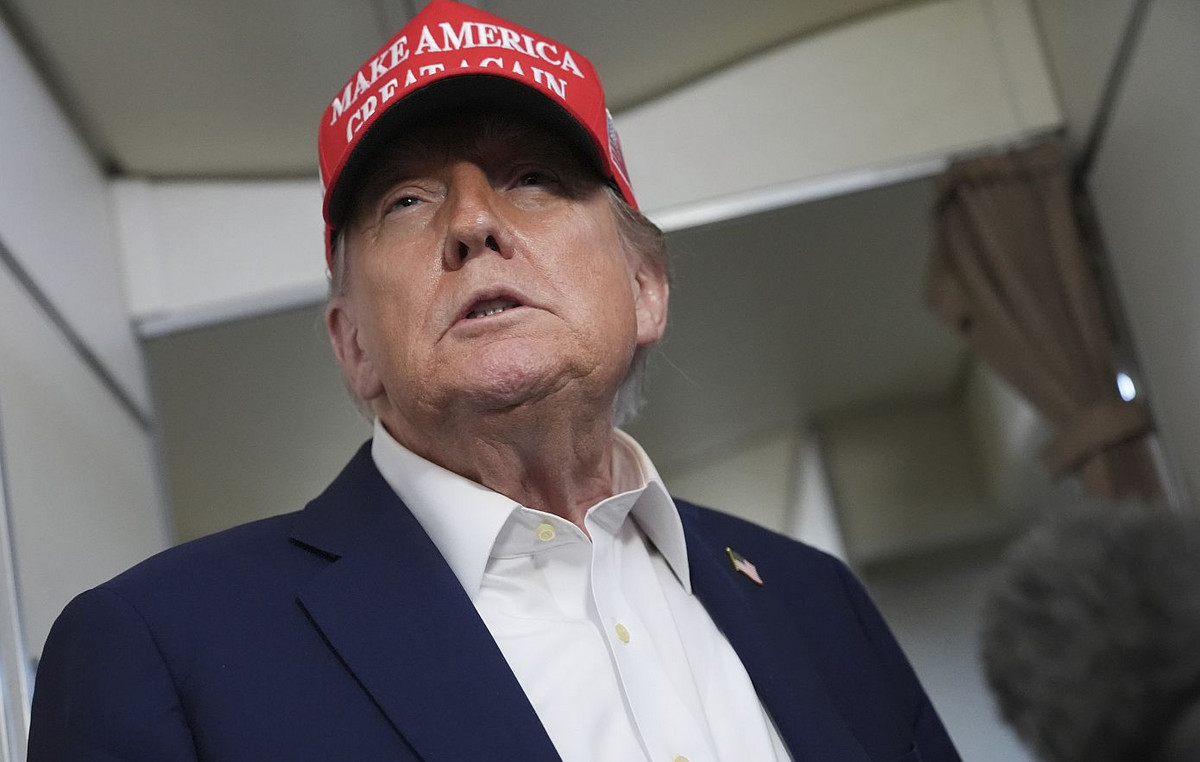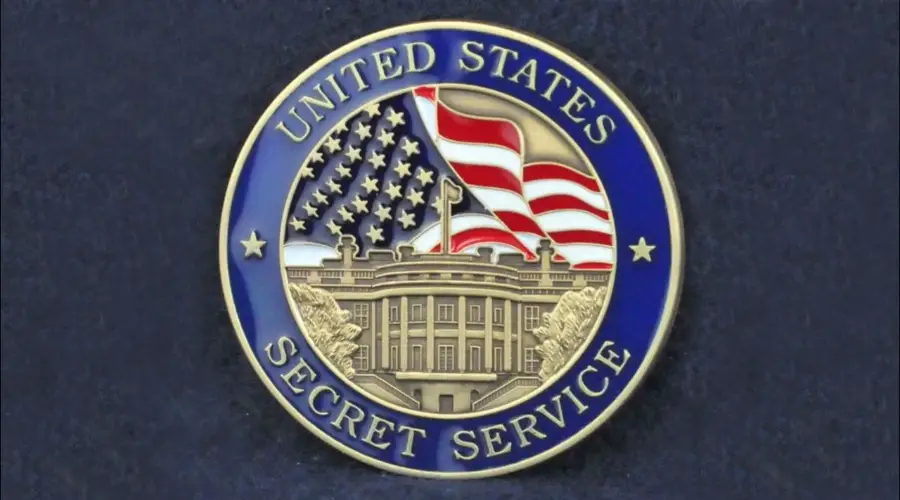- GBP/USD falls into a risk aversion environment at the start of the American session.
- The British pound is vulnerable to UK economics and politics.
- US dollar bulls move on stronger US economic data.
- The Federal Reserve’s terminal rate is the engine of the US dollar.
the pound sterling is under pressure in the American session as risk appetite falls on Wall Street. Major US indices have fallen on better-than-expected service sector activity, raising jitters that the US Federal Reserve will continue its aggressive tightening policy despite fears of a recession next year.
At time of writing, GBP/USD is down 0.78% after falling from a high of 1.2344 to a low of 1.2162 so far. The US dollar is rising in a risk-on environment, as initial investor enthusiasm for signs of a possible easing of COVID restrictions in China has faded and some speculation that the Federal Reserve may not be able to swing as early as December.
US economic data improves the outlook for the dollar
The Institute for Supply Management (ISM) said its non-manufacturing PMI rose to 56.5 last month, from 54.4 in October, indicating that the service sector, which accounts for more than two-thirds of US economic activity, The US continued to resist rising interest rates. The data beat expectations that the non-manufacturing PMI would fall to 53.1. These data, combined with the surprising data for nonfarm payrolls and wage growth in November, as well as the news that consumer spending has accelerated in October, have increased optimism about the possibility of avoiding a recession in 2023.
The Federal Reserve’s view
These data contrast with a recently weaker Consumer Price Index, earlier ISM data and comments from Federal Reserve Chairman Jerome Powell, which, combined, had begun to weigh on the market’s assessment of the rate. terminal that had fallen below 5%. Before the Nonfarm Payrolls report, the rate was seen to peak at 4.75%-5% before the report. However, the Fed is now seen as raising its policy rate, currently in the 3.75%-4% range, to 4.92% in March next year, and more likely to the 5% range. -5.25% in May, according to futures contract prices and the CME Fed Watch Tool.
In the short term, however, Fed Chairman Jerome Powell said last week that the US central bank could slow the pace of its rate hikes “as soon as December.” to the Fed’s policy rate still imply a 70% chance that central bankers will reduce the pace of rate hikes when they meet on December 13-14, rather than add to a chain of rate hikes. 75 basis points in the last four meetings.
GBP/USD positioning remains bearish
According to the latest weekly data from the Commodity Futures Trading Commission (CFTC), money managers remain bearish on the British pound.
However, the net short position is narrowing and is now more than 50% lower than the depths seen at the start of the year, but that is largely because the US dollar is cutting back in the improved risk environment. However, while there is less room for strong rallies in sterling, a reversal in risk appetite could leave the currency open to a sharp downside.
On the spot, the pound has regained a significant amount of ground against a softer dollar,” Rabobank analysts said.
British politics in the spotlight
‘‘Although the UK’s political background has remained calmer since the start of Prime Minister Rishi Sunak’s tenure, neither the economy nor this party itself is proving easy to manage,” the analysts argued.
Recessionary conditions appear to be entrenched, the strike is on the rise and a number of Conservatives have already indicated they will throw in the towel at the general election rather than face the possibility that the party could be in opposition for a few years.” the analysts added.
Prime Minister Rishi Sunak, in power for just over a month, is facing a series of problems ahead of an election that polls show the Conservatives will lose, which could spell further weakness for the pound.
GBP/USD Technical Analysis
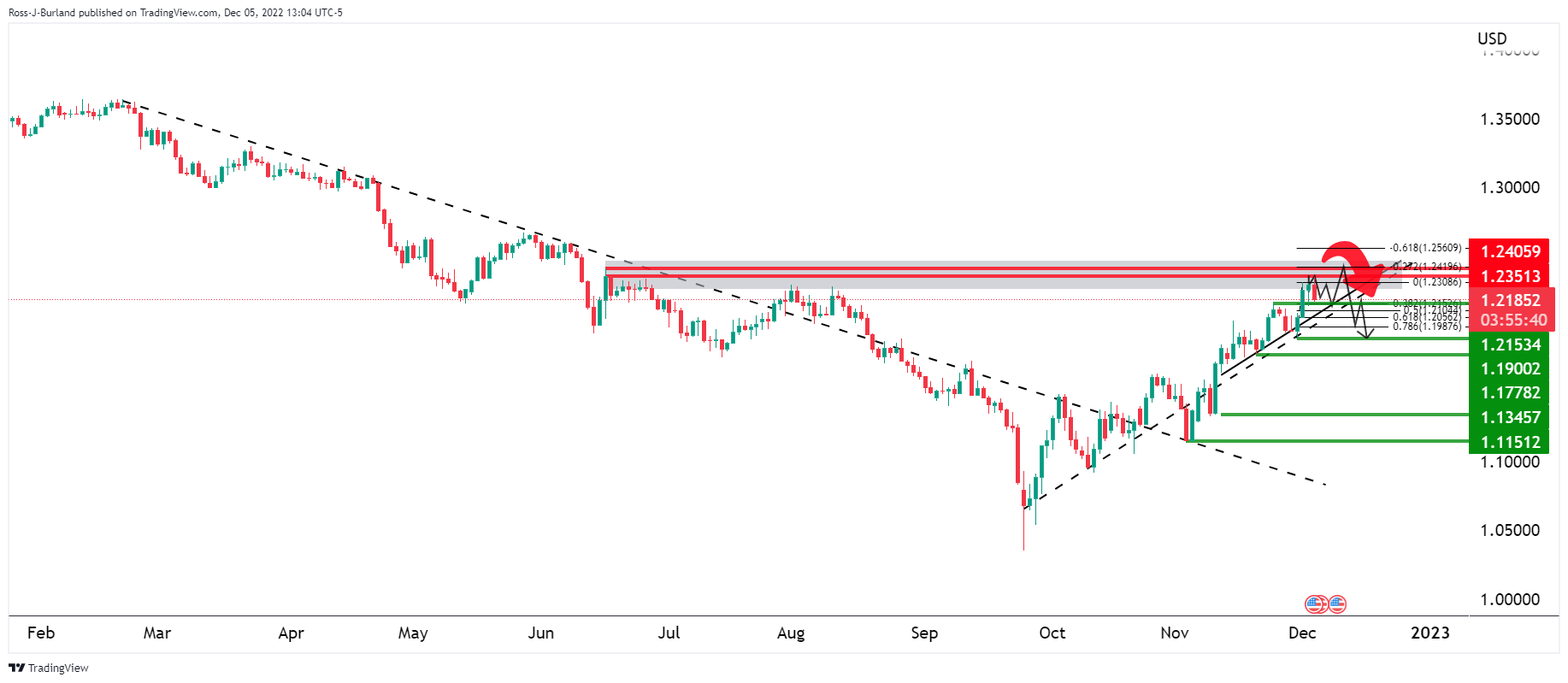
GBP/USD is potentially entering a distribution phase below the 1.2350 and 1.2400 zones on the daily chart, as illustrated above. However, the sterling uptrend remains intact, while the 1.2150 and 1.1900 structures have yet to be broken:

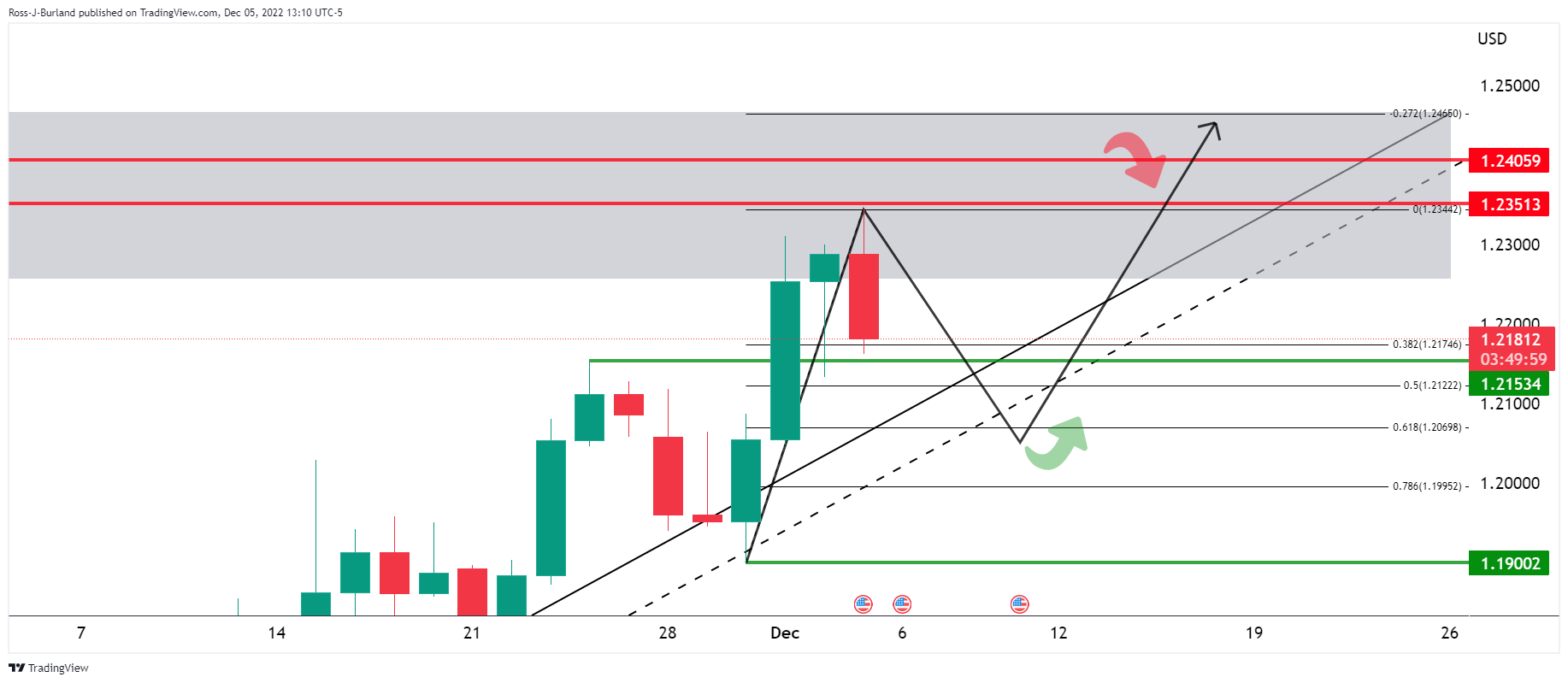
This leaves the focus on GBP/USD rising as long as it is above 1.1900. A test move below 1.2150 could trigger a deeper correction via the Fibonacci scale with eyes on a 50% mean reversal at 1.2120 and then a 61.8% ratio confluence with the upper quarter. from the 1.20 zone near 1.2070.
Source: Fx Street
I am Joshua Winder, a senior-level journalist and editor at World Stock Market. I specialize in covering news related to the stock market and economic trends. With more than 8 years of experience in this field, I have become an expert in financial reporting.

